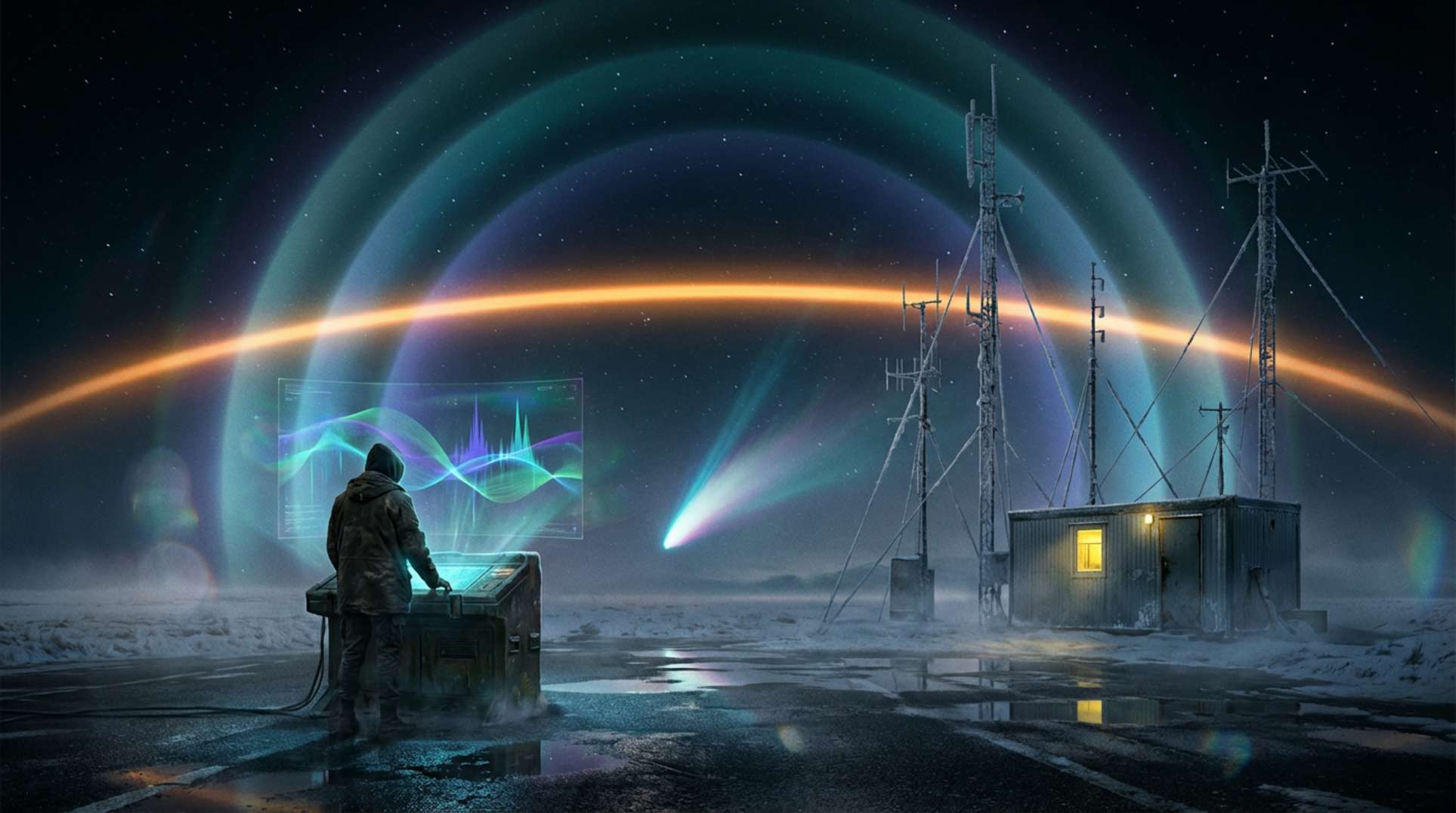As Earth approaches the Sun’s next solar maximum, 2025 isn’t just another year—it could define our tech-dependent society. Solar cycle peaks bring spikes in solar flares, coronal mass ejections (CMEs), and dangerous geomagnetic storms that might plunge the modern world into darkness. Scientists, emergency planners, and anyone worried about Wi-Fi are sounding alarms as solar activity builds to unprecedented levels.
This isn’t ancient prophecy; it’s data-driven concern. The last time the Sun displayed such power, the world didn’t rely on the internet, satellites, or interlinked power grids. Today, even a minor solar event could disrupt communications, aviation, and finance. Do you think you’re safe with spare batteries and canned food? Think again. Let’s examine what we know, what history teaches us, and how close we might be to a real solar disaster.
The Solar Cycle: Why 2025 Is Pivotal for Solar Storm Activity
Every 11 years, the Sun’s magnetic field flips. This cycle brings sunspot spikes, flares, and plasma blasts that race toward Earth at millions of kilometers per hour. Solar physicists predict that by 2025, this cycle will reach a furious peak, possibly surpassing previous events in frequency and intensity. The risks are real: as noted in the Space.com Carrington Event report, solar outbursts during peak years can damage satellites, disrupt power grids, and force air traffic controllers—and survivalists—to rethink backup plans.
Coronal mass ejections are the heaviest hitters. These eruptions release billions of tons of solar plasma into space. If a CME hits Earth’s magnetosphere, it could trigger geomagnetic storms that might cause electric grid failures, interfere with GPS, and disrupt everything from phone networks to ATMs. Society is uniquely vulnerable, relying heavily on fragile technology. Just ask the Cassandras in the geomagnetic prepper community, who see each uptick in sunspot activity as a warning for those dependent on global connectivity.
From Solar Flares and CMEs to the Carrington Event: History’s Warning Shot
Solar flares and CMEs aren’t new—Earth has faced solar impacts for eons—but the risks skyrocketed in the infamous 1859 Carrington Event. Telegraph lines sparked, igniting fiery showers in offices, and auroras illuminated the sky so brightly that miners in Colorado mistook it for dawn. The consequences today, as Live Science outlines, could be catastrophic: prolonged blackouts, damaged satellites, lost data, and trillions in economic fallout, according to National Geographic.
Modern infrastructure doesn’t guarantee safety. Our 21st-century lifestyles make us even more vulnerable, as echoed in the magnetic flip risk features and analyses of civilization’s fragility. Even a minor event could cripple transformers, disrupt global shipping, and leave millions relying on camp stoves for reasons unrelated to camping.
The Science and Technology of Solar Storm Defense
Fortunately, we can somewhat predict this cosmic disaster. Global space agencies have deployed a fleet of monitoring crafts—from SOHO and SDO to NASA’s Parker Solar Probe—to keep a close eye on the Sun’s activity. Satellites track sunspot eruptions in real-time, providing hours (or even days) of warning before a CME hits our magnetic shield. This early-alert system, unlike ignored warnings surrounding other global threats (see the cautionary tales of whistleblower warnings), offers grid operators a fighting chance. Electric companies can disconnect vulnerable transformers or reroute power, avoiding the feared “global blackout.”
Yet the margin for safety is slim—even advanced technology can’t always outpace oncoming plasma. Solar maximums in the satellite era show just how much civilization relies on accurate forecasting and effective planning. The debate in grid-down emergency strategies indicates that prepping isn’t just for conspiracy theorists anymore. Civil authorities are drafting new plans, sometimes looking back to analog-age solutions for guidance.
Preparing for the Carrington-Scale Storm: Can Humanity Survive the Sun’s Cycle Peak?
Will we survive? Preparation might hinge on top-tier science, resilient infrastructure, and—let’s be truthful—a bit of luck. Practical readiness is vital, but adaptability matters too. Society’s electric heartbeat is more fragile than we care to admit: ask anyone who lost cell service and quickly forgot how to read a map. This isn’t fear-mongering; hard data supports it on the solar storm and Carrington Event pages. Blackouts, financial meltdowns, and supply chain chaos are not mere speculation—they’re established possibilities.
Despite the impending doom, each solar maximum brings the dazzling beauty of auroras and chances for innovation. Like the tale of northern legends that endure, the Sun’s rhythms challenge humanity to adapt, rethink, and share blackout tales by candlelight—until power is restored. For the latest survival science and threats from above, keep watch on the sky and Unexplained.co. In the age of the Sun’s fury, ignorance is never bliss.





